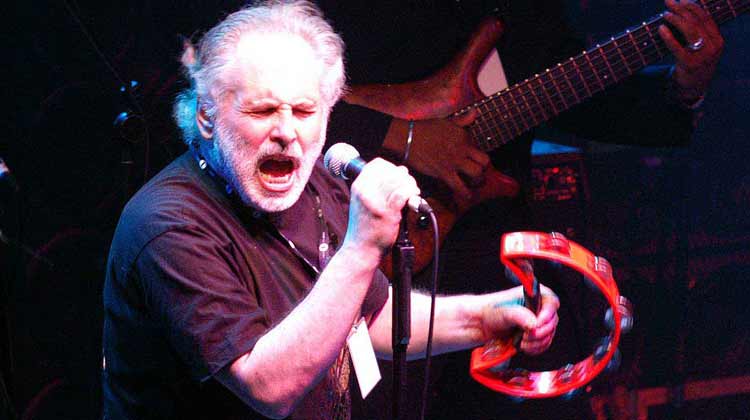
On June 16 (“Bloomsday”), 1964, Pete Brown gave the first ever poetry reading at Morden Tower, now a literary landmark in Newcastle, England. The Morden Tower Readings, conceived and organized by Tom and Connie Pickard, went on to host readings by more poets than can be listed here, especially from the Beat and Black Mountain movements, including Allen Ginsberg’s first European reading of Kaddish.
I’ve always found the connections and cross-pollination of different “scenes” fascinating, but in 1964, the only poetry I cared about was surrounded by electric guitars and drums. As the sixties progressed, I absorbed rock ‘n’ roll, blues rock, acid rock, progressive rock, and heavy metal.
I did like to read, however, and I was one of those kids who not only listened to records, I read everything printed on the album covers. Musical and production credits, liner notes, and even the ads on the inner sleeves. We didn’t have CDs back then, and those 12-inch wide phonograph disks had plenty of room on the packaging for text. Polydor Records used to promote various artists on the paper inner sleeves of their albums covers, and I remember the curious feeling of seeing my favorite rockers (Cream, Jimi Hendrix, and The Who) alongside artists that, to me, seemed arcane even then (Acker Bilk, Teagarden & Van Winkle, Len Novy).

Much later, I learned that he was none other than the same Pete Brown who gave the first reading at Morden Tower.
Born on December 25, 1940, in Ashtead, Surrey, England, Pete Brown started writing when he was fourteen. He cites a jazz & poetry recording by Kenneth Patchen as a turning point in his life, and also names Dylan Thomas and Federico García Lorca as important influences. By age 19, Pete was a professional performance poet and worked with Michael Horovitz to produce the New Departures magazine, which published early works by Samuel Beckett and William S. Burroughs. Allen Ginsberg saw the New Departure group as a counterpart to the American Beats.
As previously mentioned, Brown co-wrote a number of songs with members of Cream, which, at the time, was considered an avant-garde band due to their extended improvisations and dedication to a psychedelic version of the classic blues form. After Cream disbanded, Pete Brown and Jack Bruce continued to co-write lyrics for Bruce’s solo albums, including Songs For a Tailor, Harmony Row, and Into the Storm.
Pete has been the producer and/or percussionist and/or vocalist for a variety of bands, including The Battered Ornaments, Pete Brown & Piblokto!, The Hamburg Blues Band (guest sideman), Back to Front, The Interoceters, and more.
His books include FewFew: Poems (1966, Migrant Press: Birmingham), Let ‘Em Roll, Kafka (1969, Fulcrum: London), and The Old Pals’ Act (1972 Allison & Busby: London).
I recently had the pleasure of asking Pete Brown some questions by email.
BILL: Being involved in both music and Beat poetry, did you ever meet David Amram?
PETE: Yes. I have done two gigs with David Amram, both under the name of LIPS Festivals. The first was a few years ago at the now-defunct Ocean in Hackney. He played piano and French horn. My bassist, David Hadley, jammed with him. The second time was last November when we did a 50 years of On the Road celebration at the new Marquee club, now, sadly, also defunct. Amram played on all three nights with various people including on a poetry/music set with me. I also had my whole band there one night, it was the last gig of that particular incarnation as I am now back with Phil Ryan and we are planning a much larger band to tour next year when the new record is out.
Amram and myself got on very well, incidentally- being a jazz fan of old I was quite aware of his work with Miles etc and also saw Pull My Daisy when it first came out. He is extremely sprightly, and reminded me a little of Mose Allison, one of my idols, who also seems to go on forever. Would it were the same for me in ten years’ time.
BILL: I understand you were the first poet to read at Morden Tower. Was there any musical accompaniment during the readings?
PETE: I was definitely the first poet to read at the Morden Tower, and no, there was no music then.
BILL: Can you talk about some of the people you met there?
PETE: The most important person I met there was Basil Bunting, who Tom Pickard had coaxed out of retirement. What an incredible writer and a great bloke. I later took Ginsberg there and I think Robert Creeley too. It was a terrific place, great atmosphere and the girls were very friendly!
BILL: How did you and Jack Bruce collaborate? Did one person write the lyrics while the other wrote the music?
PETE: When I worked with Jack, which I did for over thirty years, the music mostly came first. There were exceptions, such as Rope Ladder and White Room. As You Said was written almost simultaneously, Jack playing and me writing.
BILL: Did you ever meet or work with Alexis Korner?
PETE: I knew Alexis quite well, ever since Graham Bond and Dick Heckstall-Smith began playing with him. When I was doing the New Departures Jazz/Poetry thing we had a residency at the Marquee at the same time as Alexis’ Blues Inc., and we were allowed in free, so I was usually around. I did the odd gig with Alexis later on, one memorable festival in a muddy hole in the ground near Hannover in Germany. I think I also did at least one gig at Les Cousins folk club with him, it was when he was in a more experimental mode and had a violinist with him. We also had many musical colleagues in common over the years, for instance, Danny Thompson and Zoot Money.
BILL: First I heard that Harry Shapiro was writing a biography about you. Later I heard that you are writing your own autobiography.
PETE: I’m writing an autobiography. It’s nearly finished, should be ready by the end of the year. I wanted Harry to do it with me but the publishers, having seen a couple of chapters I wrote, felt it would benefit from having my voice in it. [Editor’s note: Pete’s autobiography, White Rooms & Imaginary Westerns: On the Road with Ginsberg, Writing for Clapton and Cream – An Anarchic Odyssey was indeed published.]
BILL: Any other news?
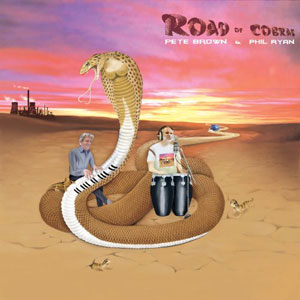
PETE: The only news is that, with luck, Phil Ryan and I will have finished recording the new album, which also features Arthur Brown, Clem Clempson, Jim Mullen, Richard Bailey, David Hadley, Bob Jenkins, John McKenzie, Mo Nazam, Taff Williams, Art Themen, Annie Whitehead, and possibly a cameo appearance by Peter Green (the elusive founder of Fleetwood Mac). We are still waiting on a decision from Peter Green. We hope to finish recording by the end of September and have it mixed by the end of October. [Editor’s note: The album was Road of Cobras.]
That’s my main effort right now, and the book. There are mutterings of lyric and poetry books but we are still in negotiation. There also seems to be a plan for me to produce Peter Green again, again its just a plan right now.
BILL: Are you the Peter Brown mentioned in the song, The Ballad of John and Yoko?
PETE: No, the Peter Brown mentioned in that song was part of the Beatles management team and not me. Sorry to disappoint.
BILL: I guarantee you, I am in no way disappointed, having actually been able to interview a person who shines so mythically from my golden past.
Visit Pete Brown’s website.
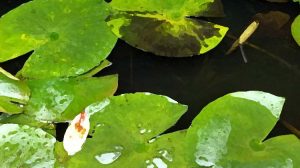

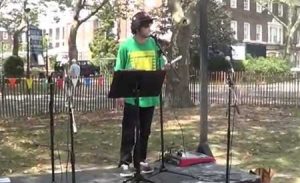
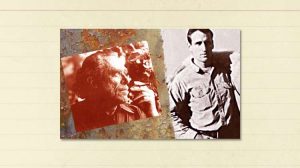
Leave a Reply